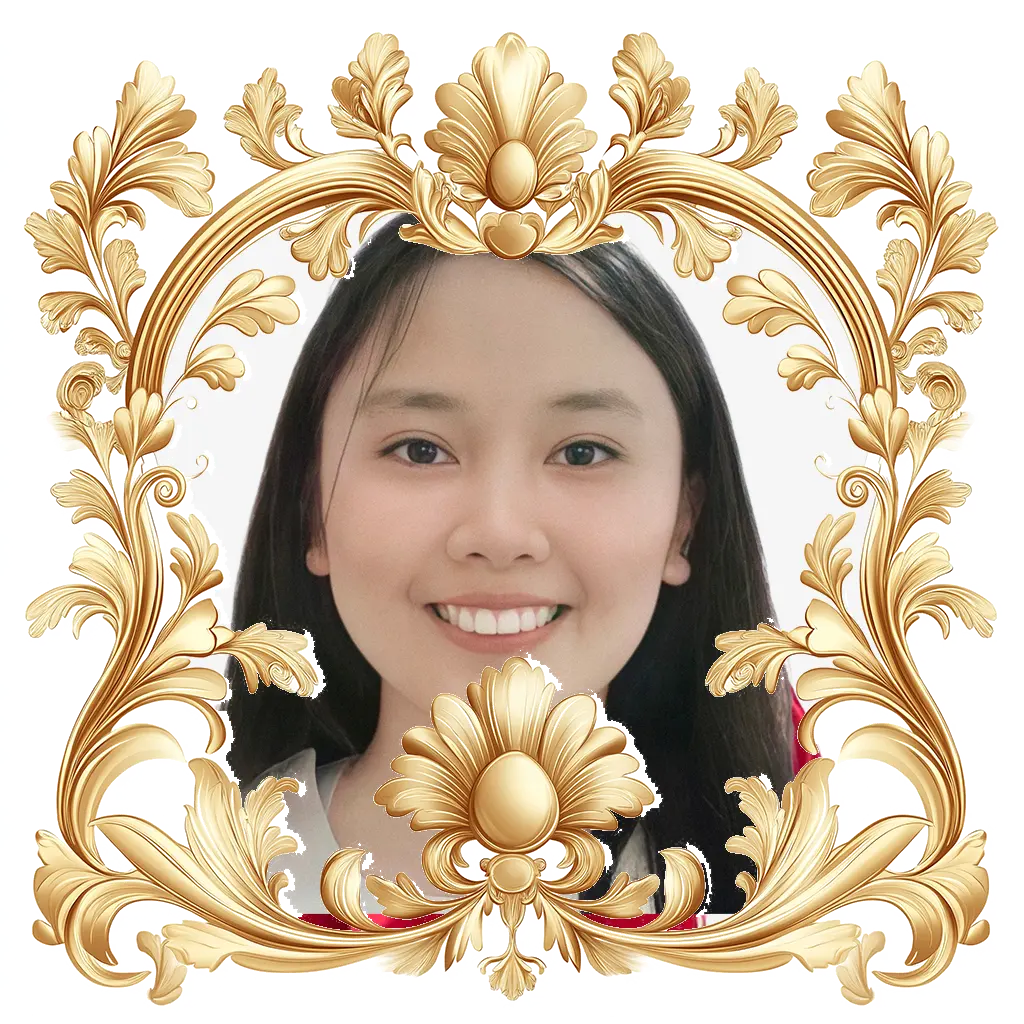
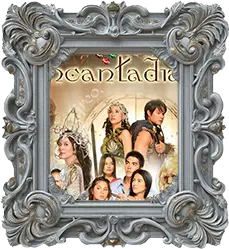
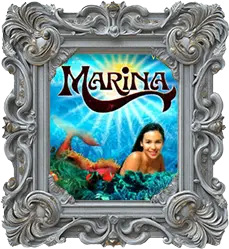


Wonder how technology, body image, or globalization shaped the past socially, politically, culturally, environmentally, or economically? Check out the simple stories and facts behind these big ideas.
Explore here!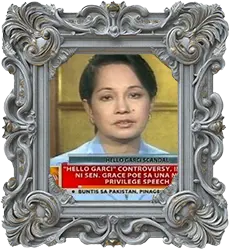
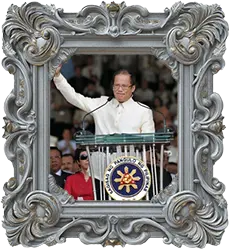
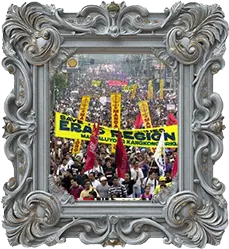

Wonder how technology, body image, or globalization shaped the past socially, politically, culturally, environmentally, or economically? Check out the simple stories and facts behind these big ideas.
Explore here!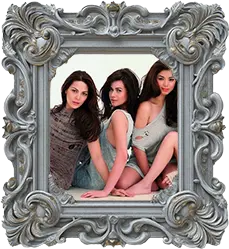
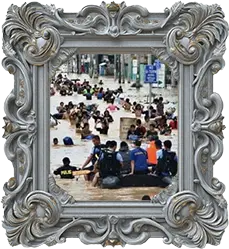


Wonder how technology, body image, or globalization shaped the past socially, politically, culturally, environmentally, or economically? Check out the simple stories and facts behind these big ideas.
Explore here!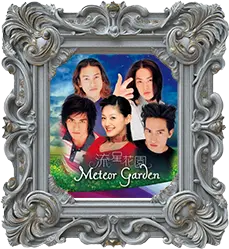

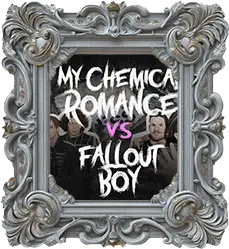

Wonder how technology, body image, or globalization shaped the past socially, politically, culturally, environmentally, or economically? Check out the simple stories and facts behind these big ideas.
Explore here!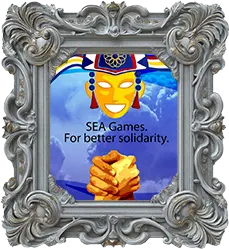
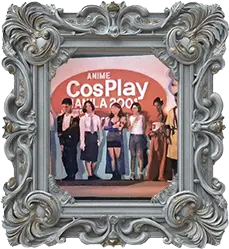


Wonder how technology, body image, or globalization shaped the past socially, politically, culturally, environmentally, or economically? Check out the simple stories and facts behind these big ideas.
Explore here!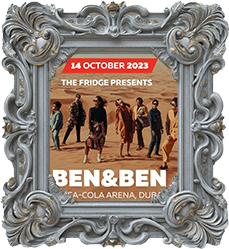
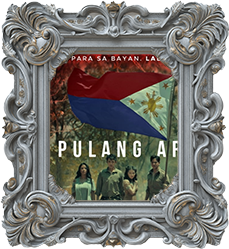

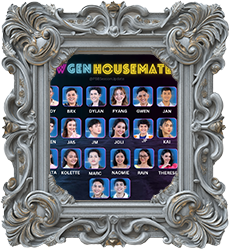

Wonder how technology, body image, or globalization shaped the present socially, politically, culturally, environmentally, or economically? Check out the simple stories and facts behind these big ideas.
Explore here!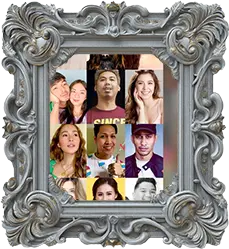
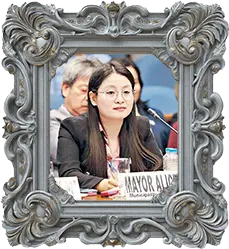
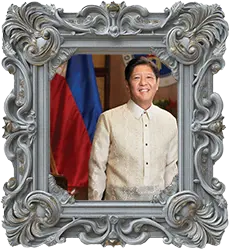

Wonder how technology, body image, or globalization shaped the present socially, politically, culturally, environmentally, or economically? Check out the simple stories and facts behind these big ideas.
Explore here!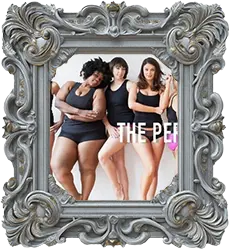


Wonder how technology, body image, or globalization shaped the present socially, politically, culturally, environmentally, or economically? Check out the simple stories and facts behind these big ideas.
Explore here!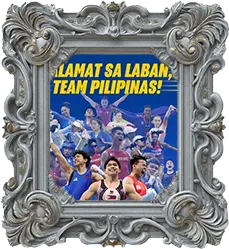



Wonder how technology, body image, or globalization shaped the present socially, politically, culturally, environmentally, or economically? Check out the simple stories and facts behind these big ideas.
Explore here!The
Future

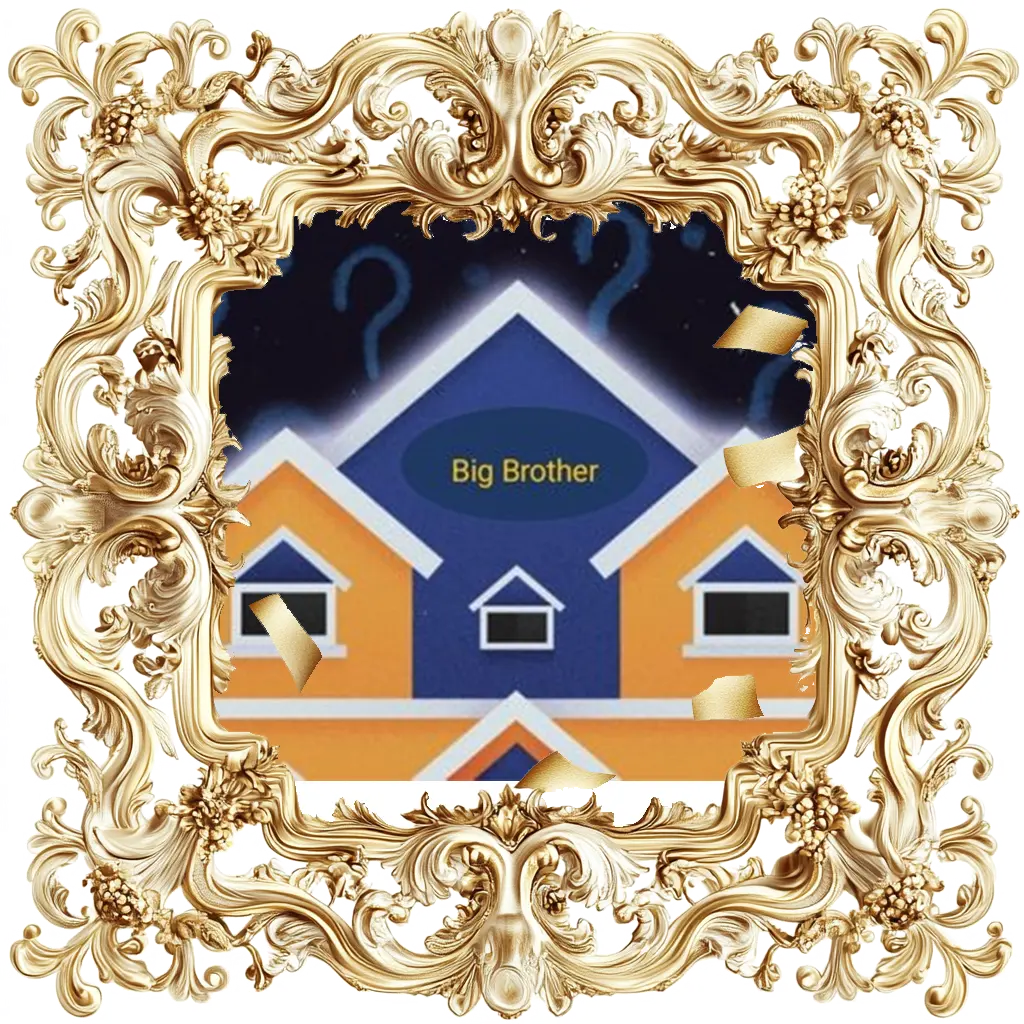
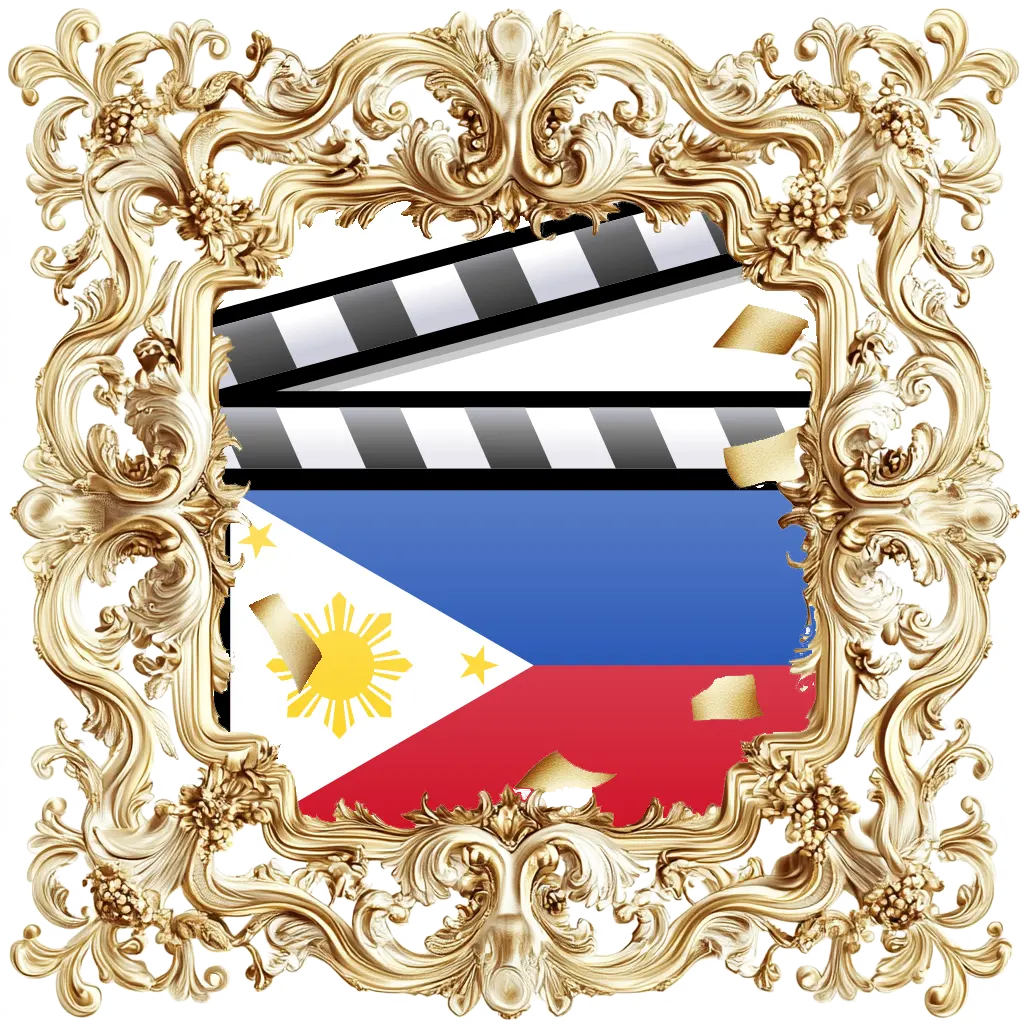
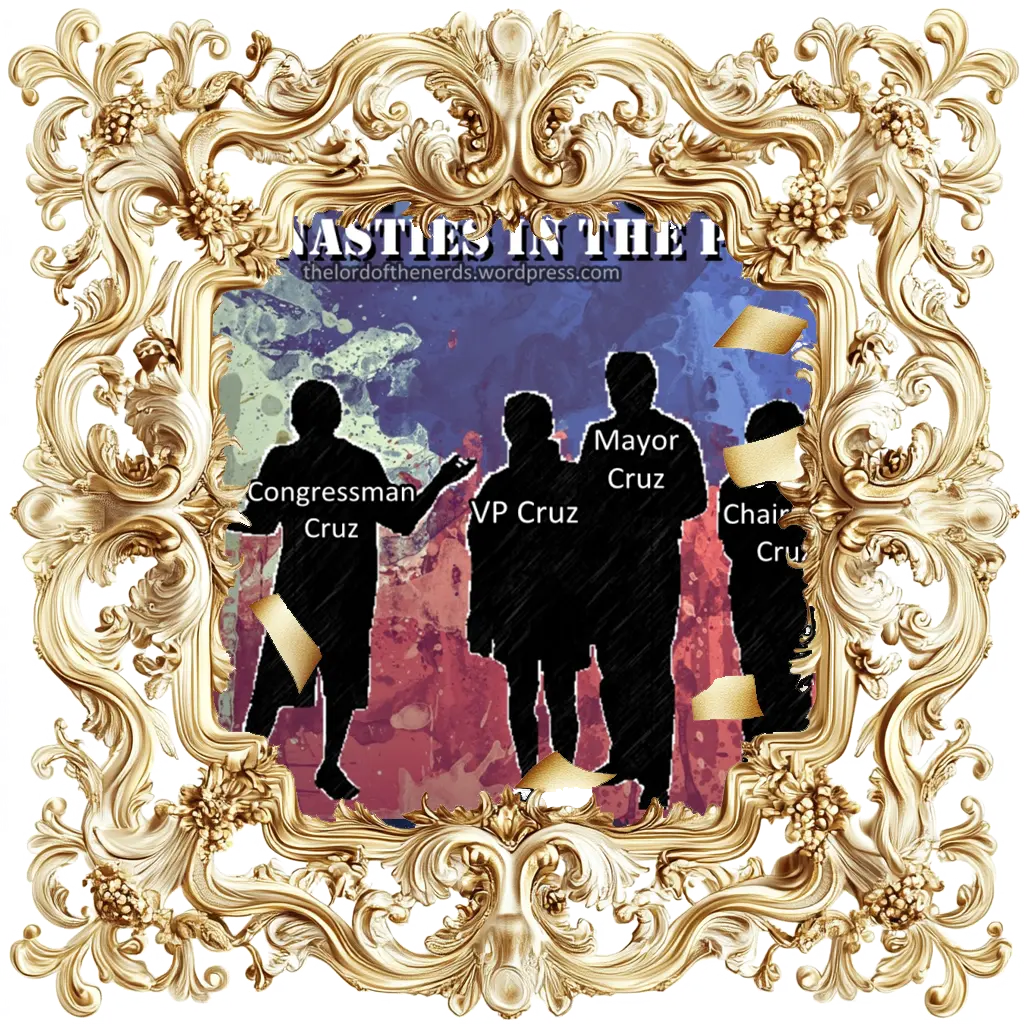
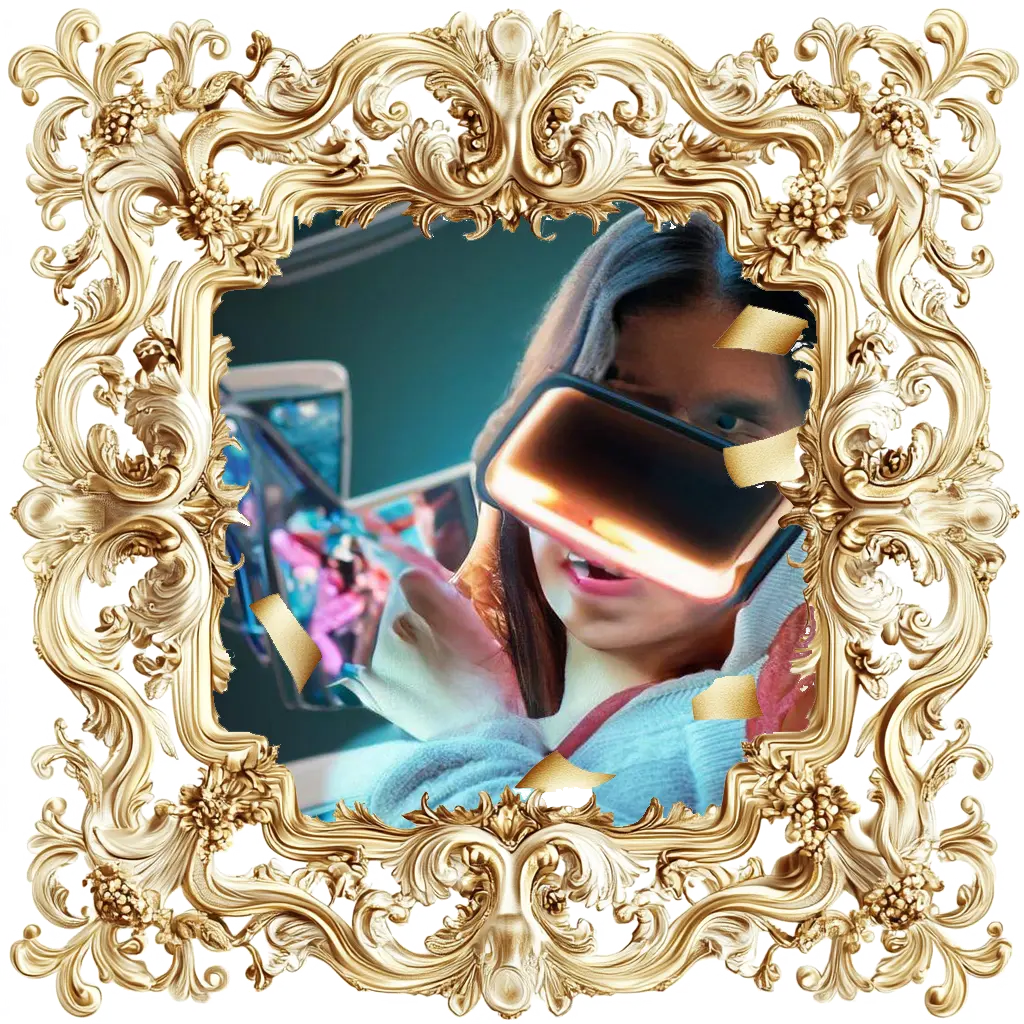
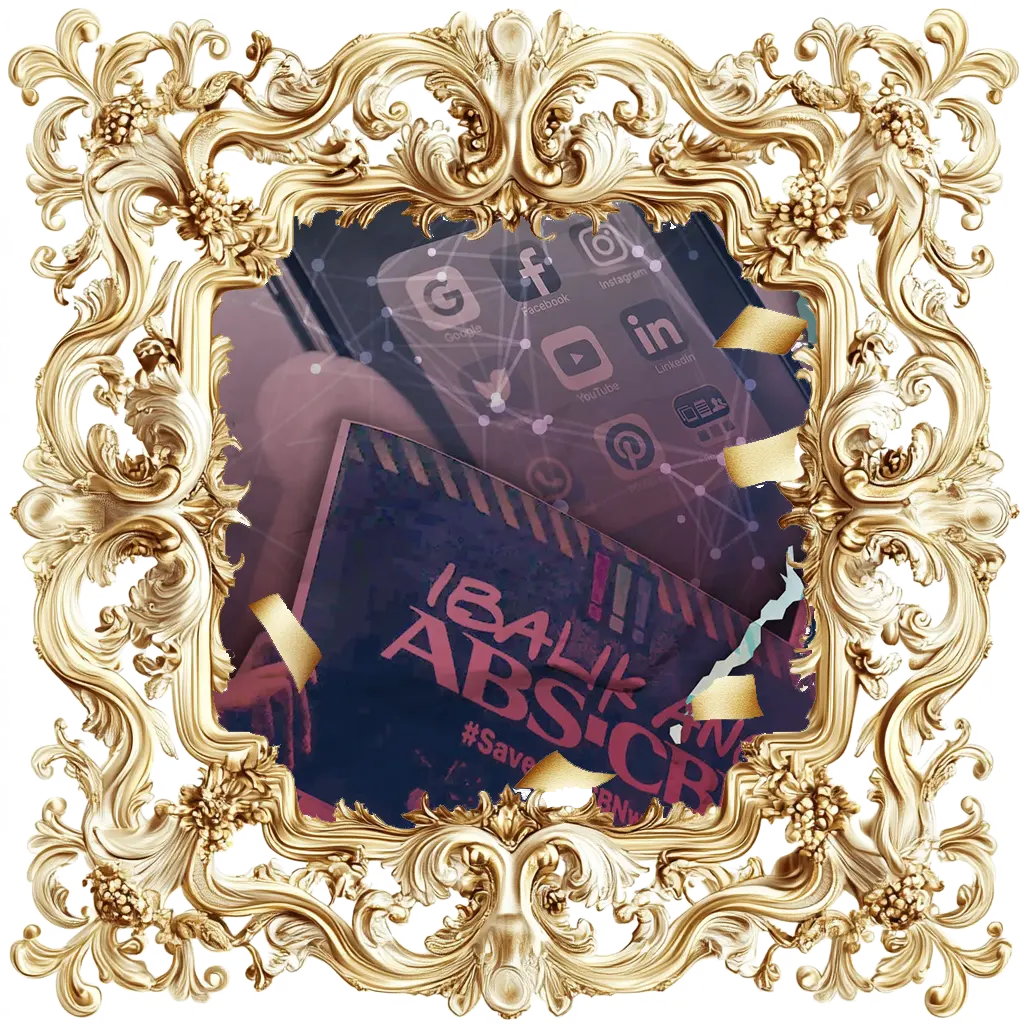
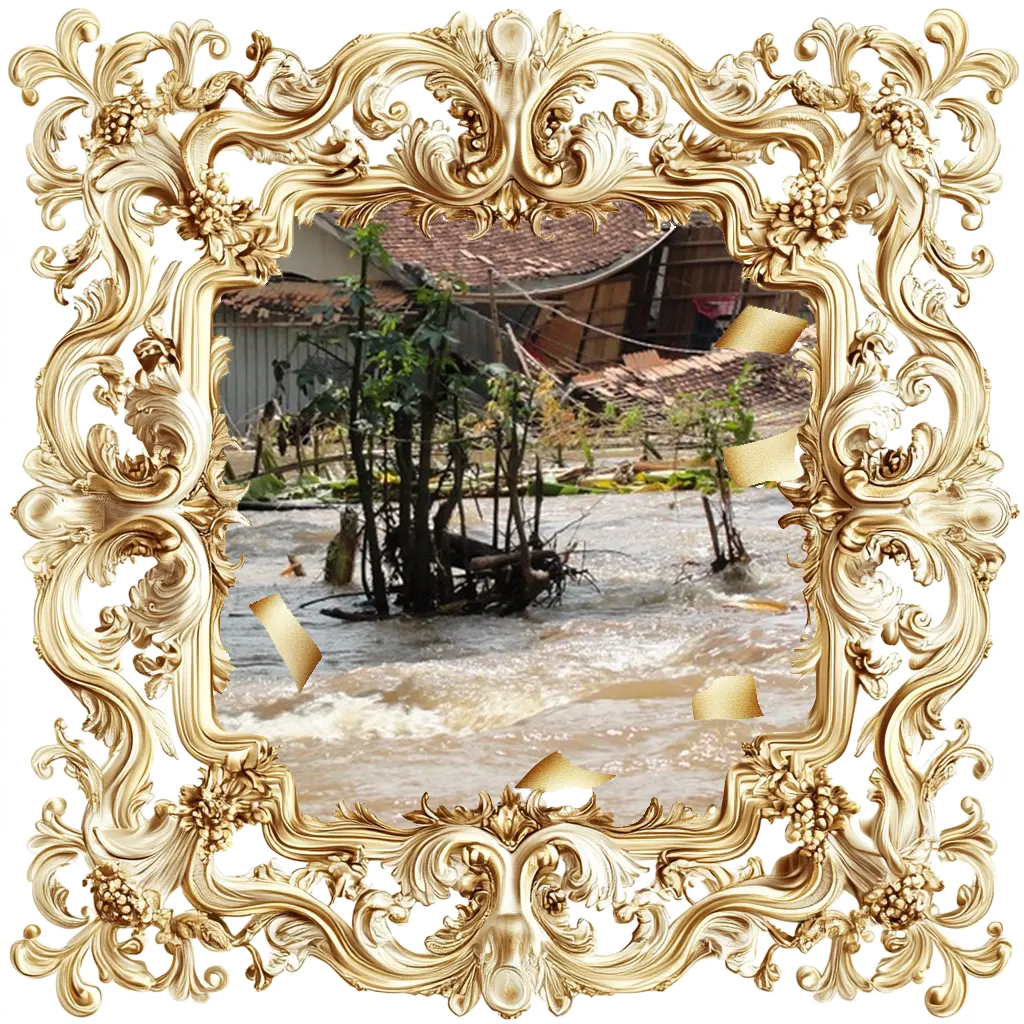
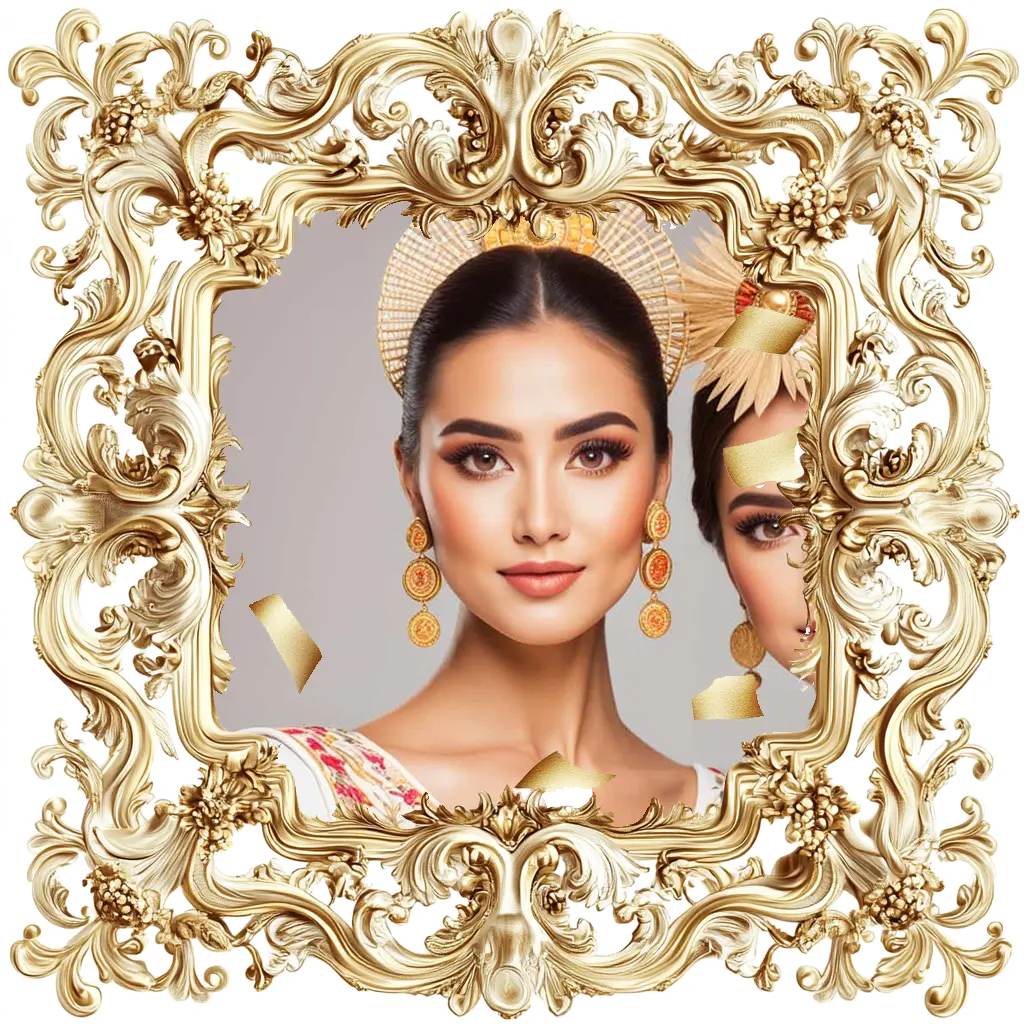
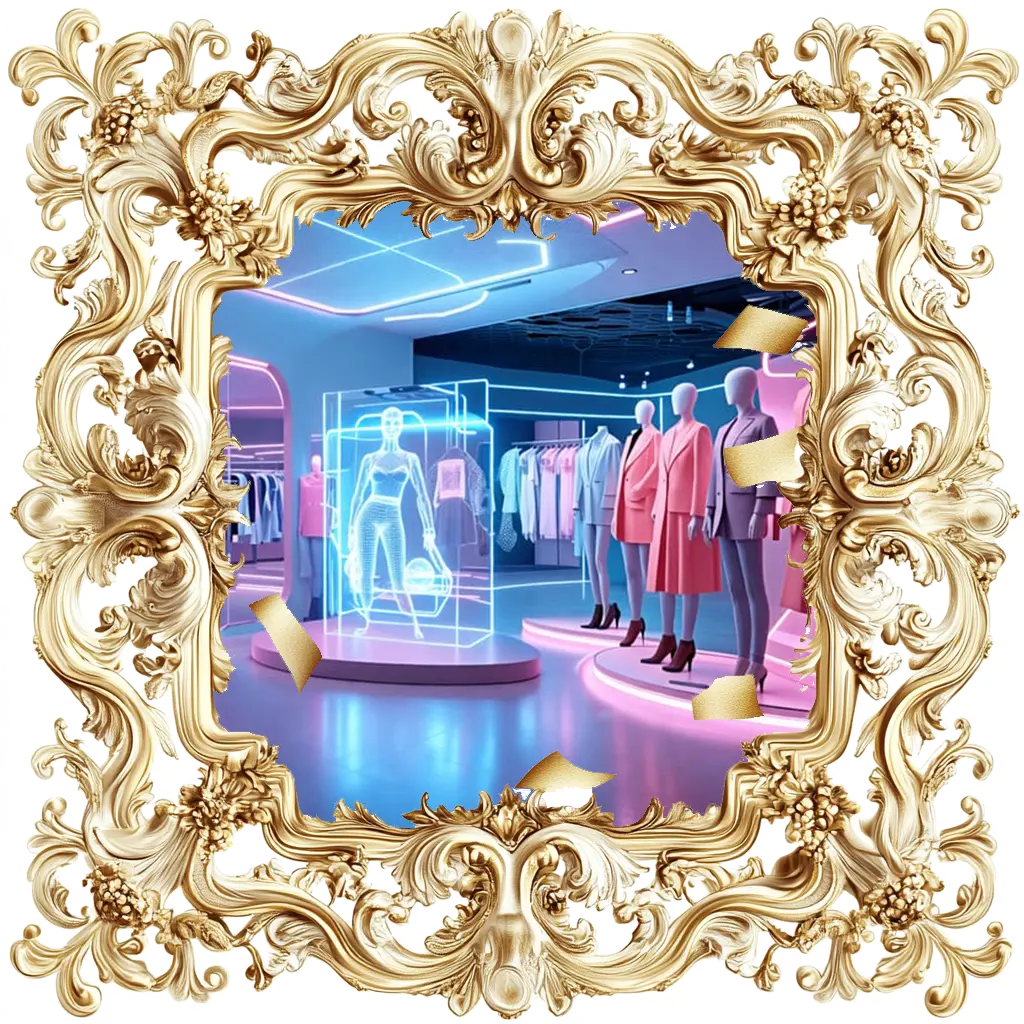
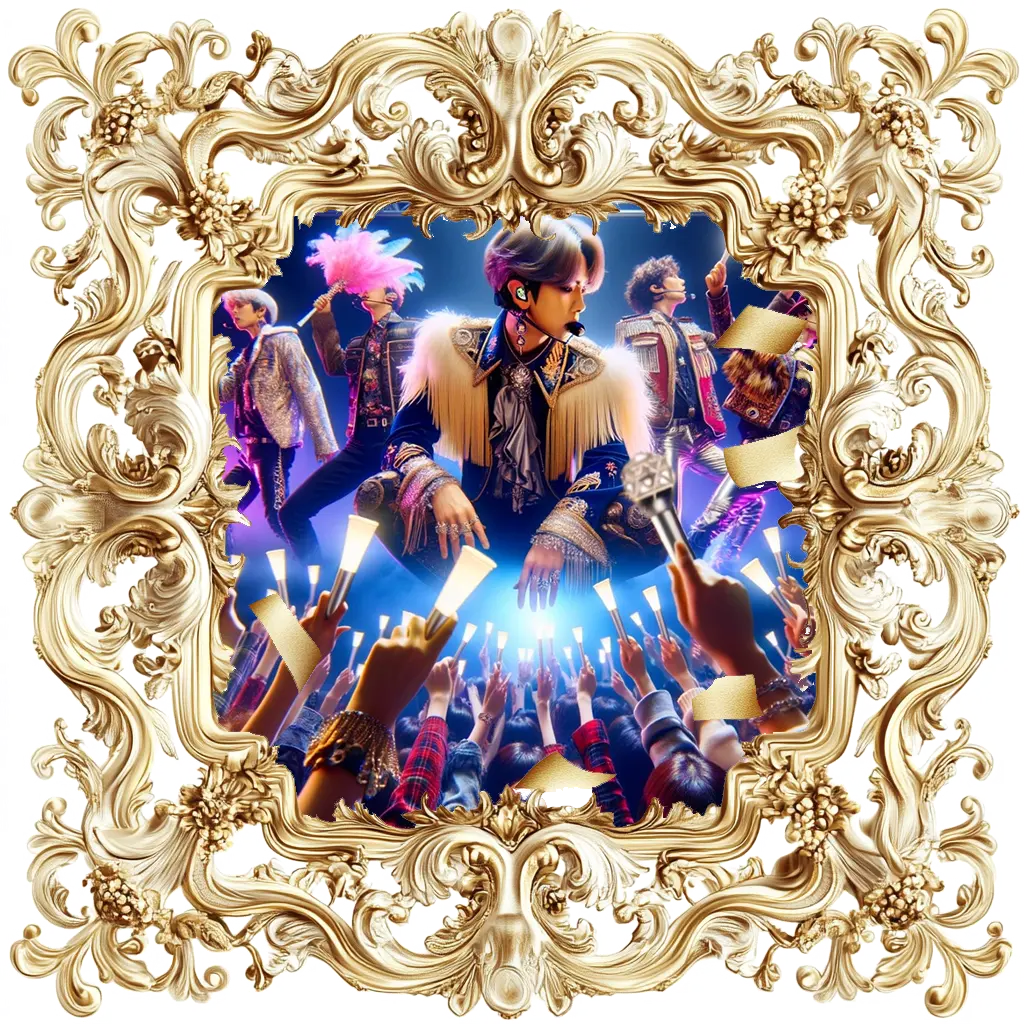
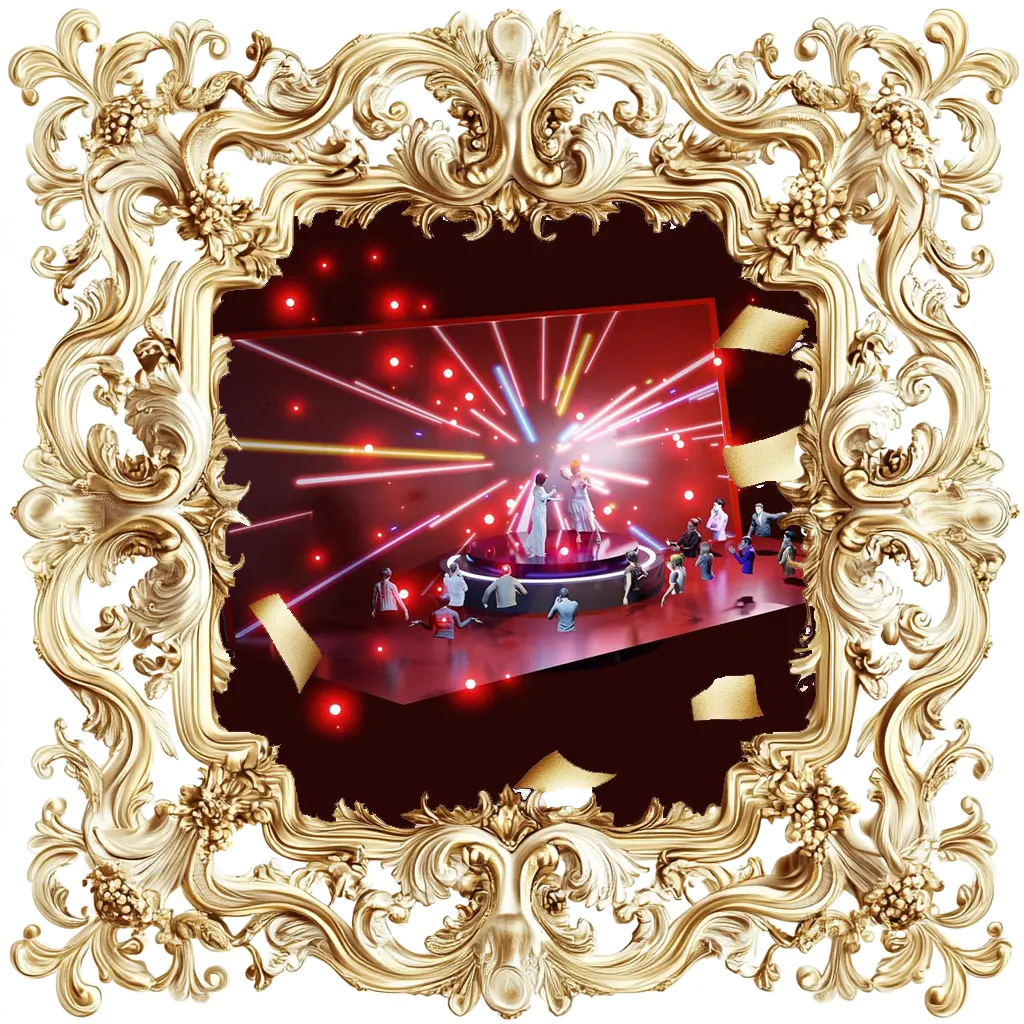
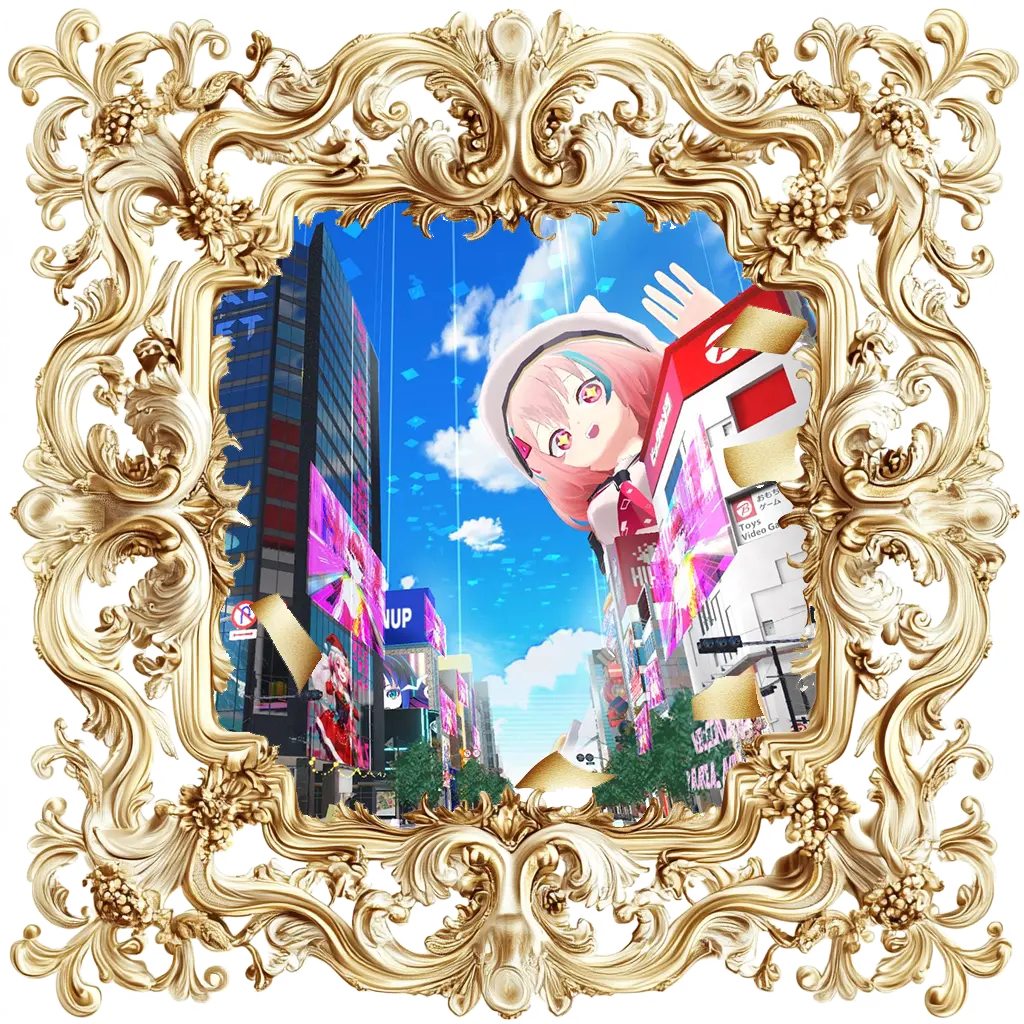

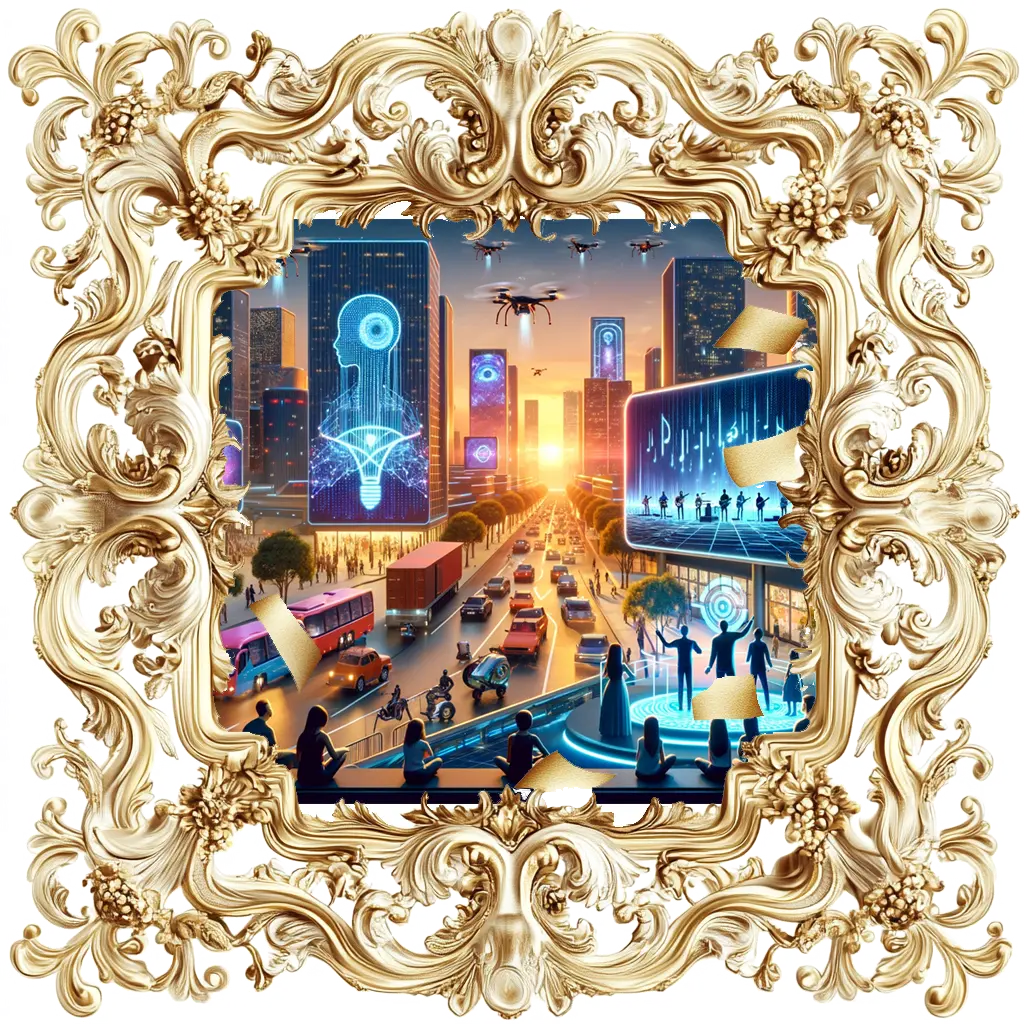

Meet the Team
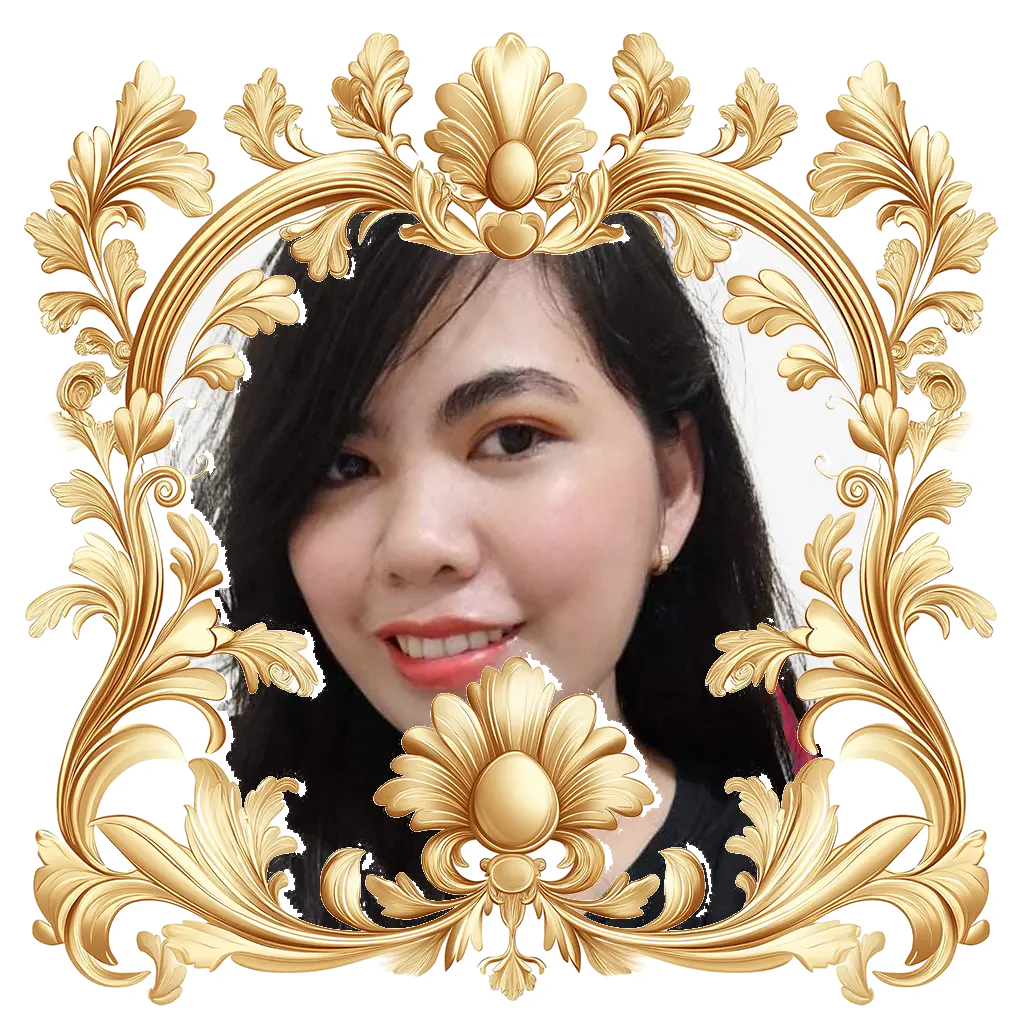
Janine Arce
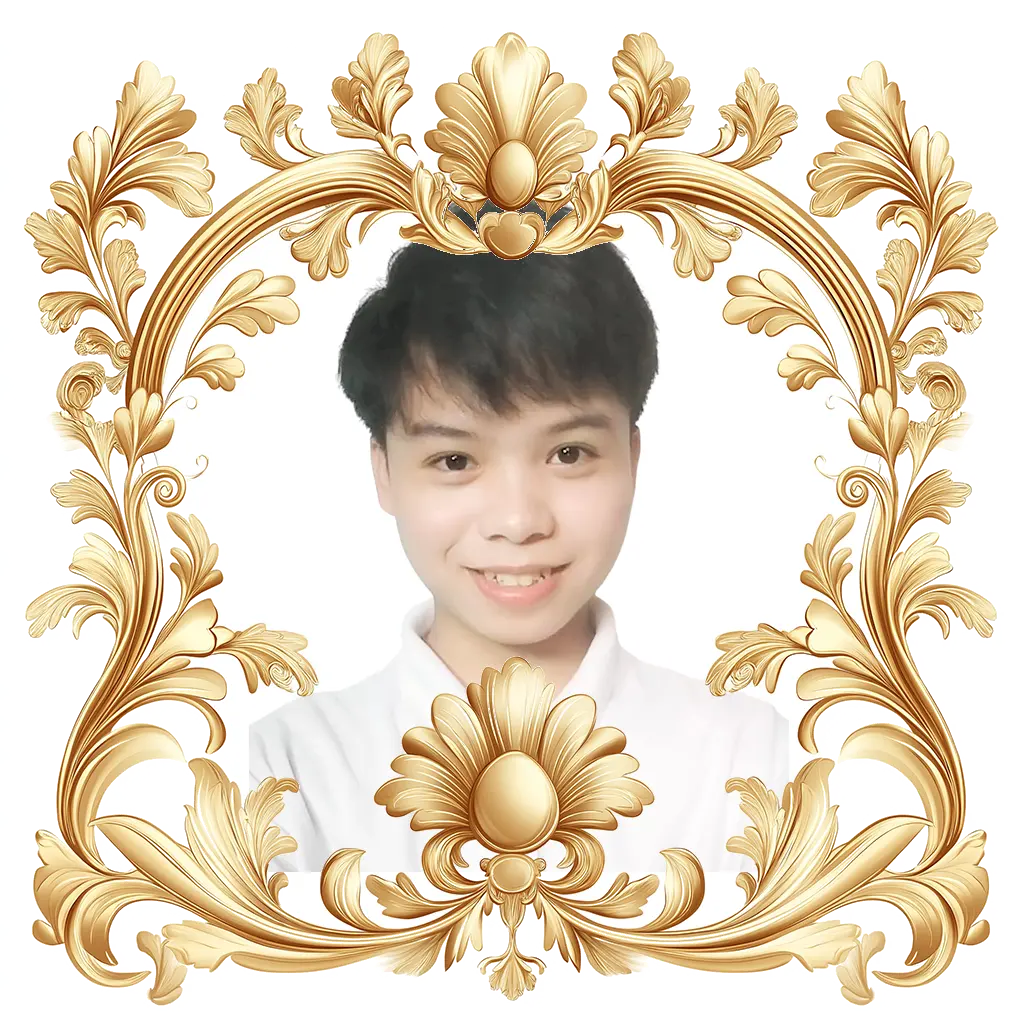
Gabriel Dominic Oxibillo
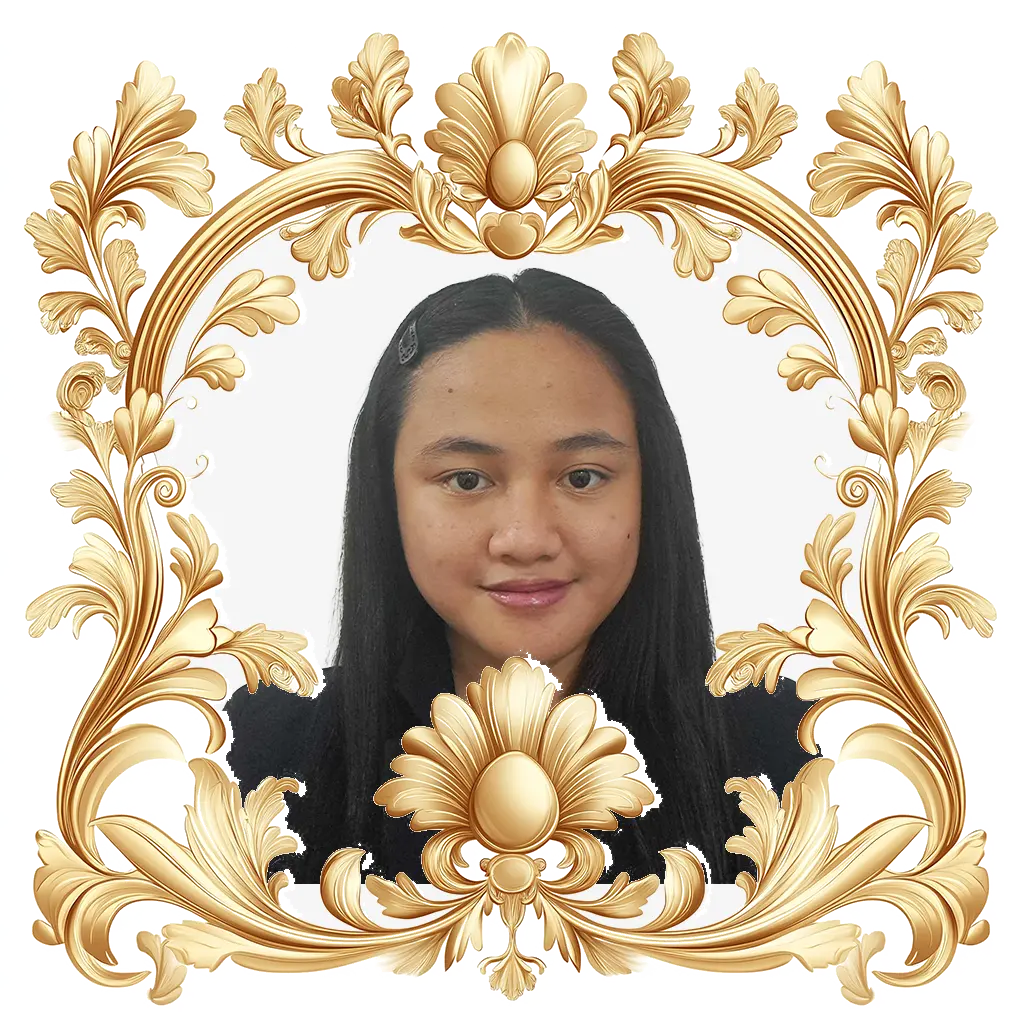
Lorreane Grazel Corporal

Ivy Rizza Ayuco
